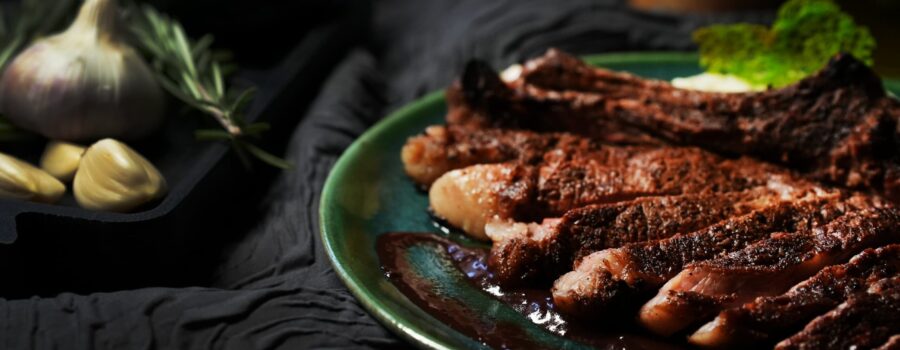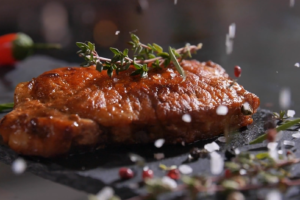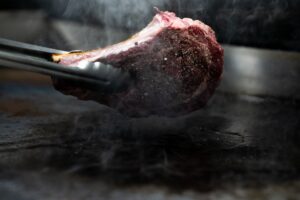Dining in a steakhouse can be an awesome experience or an intimidating one, depending on how well you know your way around steaks. You may get confused and embarrassed when the wait staff asks what type of cut you want, how large you would like it, and how you need it cooked.
For an upscale steakhouse in Rapid City, SD, here are some tips to help you master the art of steak ordering and make your next dinner more memorable.
Understanding Steak Cuts
Below are the most common varieties of steak cuts:
- Filet Mignon: The most tender of all steaks, cut from the small end of the tenderloin.
- Ribeye: The ribeye is known for its rich flavor. Cut from the rib section, it has exceptional marbling throughout, which adds to its flavor and tenderness.
- New York Strip: New York strip is cut from the short loin of the cow. It’s a well-balanced steak with a good amount of marbling, offering a good amount of flavor and tenderness.
- Sirloin: Sirloin comes from the top of the back of the cow between the fore rib and the rump. It packs a beefy taste, with a good chew and is generally a leaner cut.
Understanding Steak Temperatures
- Rare: a cool red center and juicy, tender texture
- Medium rare: a warm red center and a nice bite
- Medium: a warm pink center and a firm texture that’s still juicy
- Medium well: a slightly pink center and a firmer texture
- Well done: little to no pink
Choice-Grade Steak
The United States Department of Agriculture (USDA) or organizations acting on its behalf usually conduct meat grading based on its marbling and age. The most common grade of steak is choice-grade. Here’s why it’s so good:
- Marbling: Choice has more marbling than Select, the next lower grade. Marbling is the intramuscular fat that gives steak its richness, juiciness, and intense beef flavor. Choice offers a good balance of lean meat and fat for a satisfying eating experience.
- Wide Range: Choice grade itself encompasses a range of marbling levels. The upper tier of Choice can come close to Prime in terms of quality, offering great value.
- Versatility: Choice steaks are suitable for various cooking methods. Tender cuts from the loin or rib (like ribeye and New York strip) can be enjoyed with dry-heat methods like grilling or pan-searing. Less tender cuts can also be cooked with dry heat if not overcooked but might benefit from marinades or slower cooking methods like braising or stewing for added tenderness.
Determining Cooking Preferences
On most occasions, the cooking preferences depend on the type of cut you order and your personal preferences. For instance, a Filet Mignon tastes the best when seared over high heat and finished at a lower temperature. A Ribeye is great with medium-rare or medium cooking due to the meat’s generous marbling content. This heat level allows the fat to render and enhances the flavor without losing too much moisture. You should always avoid “super-rare” heat as the meat may be too cold, hard to chew, and potentially harmful.
Discover the Perfect Steak Selection at SEAR Black Hills Steakhouse
Ordering the perfect steak doesn’t have to be difficult, particularly when you have the help of knowledgeable and patient wait staff. This is precisely what you get at SEAR Black Hills Steakhouse in Rapid City, SD. Contact us to make your reservation and discover our exceptional steak collection.




